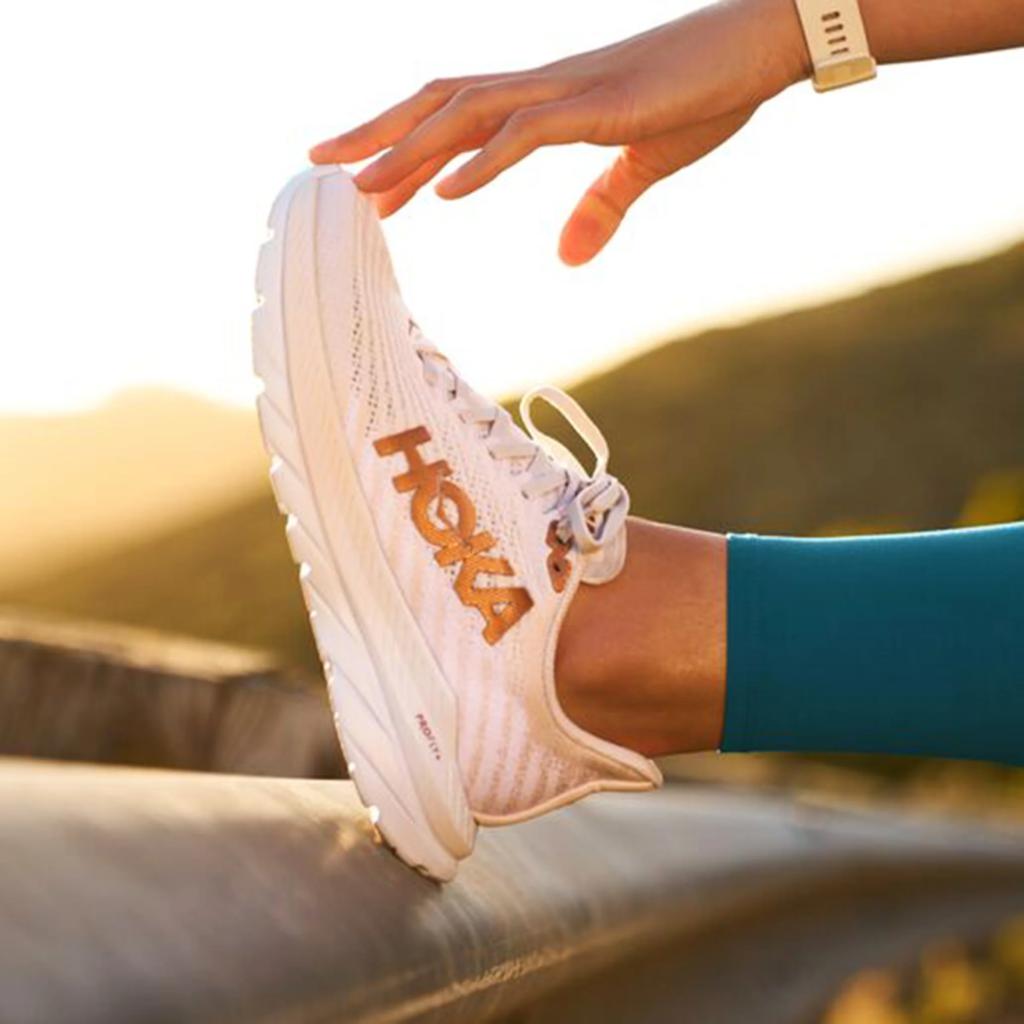
Introduction to Hoka Shoes
Hoka shoes have gained quite the reputation in the running community. With their distinctive look and innovative design, they stand out as a game-changer for athletes of all levels. If you’ve ever wondered what makes these shoes special or how they can transform your recovery routine, you’re not alone.
As more runners seek ways to enhance athletic performance while minimizing injury risks, Hoka has emerged as a top contender in recovery footwear. Their unique approach combines cutting-edge shoe technology with principles rooted in comfort and support. Whether you’re hitting the pavement after a long race or simply looking to ease muscle soreness from your workout, understanding the science behind Hoka shoes could be key to unlocking your full potential. Let’s explore what makes these running shoes an essential part of any athlete’s recovery plan.
The Unique Design of Hoka Shoes
Hoka shoes stand out with their striking design, characterized by a thick midsole that defies traditional running shoe aesthetics. This maximalist approach offers unparalleled cushioning without sacrificing performance.
The unique shape of Hoka shoes features a rocker profile that promotes a smooth transition from heel to toe. This design encourages natural foot movement and can reduce strain during long runs.
Another notable aspect is the lightweight materials used throughout the shoe. Despite their bulk, Hoka shoes provide an airy feel that enhances comfort while minimizing fatigue.
Additionally, the wide toe box allows for ample room, accommodating various foot shapes and reducing pressure points. This thoughtful engineering contributes significantly to overall comfort and support during workouts or recovery days.

The Benefits of Maximalist Running Shoes
Maximalist running shoes, like Hoka Shoes, revolutionize the way runners think about footwear. Their plush cushioning absorbs impact more effectively than traditional shoes. This design not only enhances comfort but also provides an added layer of protection for your feet and joints.
The extra support helps to distribute pressure evenly across the foot. This can significantly reduce fatigue during long runs or extensive training sessions. Runners often report feeling less strain on their legs after using maximalist options.
Additionally, these shoes promote a natural gait cycle by encouraging proper foot strike patterns. With increased stability and shock absorption, they lower the risk of injuries commonly associated with running.
Athletes looking to boost performance find that maximalist shoes offer both comfort and speed. They enable longer distances without compromising on safety or recovery needs, making them an excellent choice for serious runners everywhere.
How Hoka Shoes Aid in Recovery
Hoka shoes are specifically engineered to enhance recovery after intense workouts. Their cushioned sole absorbs impact, reducing the stress on joints and muscles. This feature is crucial for athletes who face fatigue or soreness post-exercise.
The wide toe box allows your feet to spread naturally, promoting better circulation. When blood flow increases, it helps deliver essential nutrients for muscle repair.
Additionally, Hoka’s lightweight design encourages you to wear them longer without discomfort. This means more time spent in recovery footwear during rest days or low-impact activities.
With their unique rocker shape, these shoes facilitate a smooth transition from heel strike to toe-off. This not only promotes proper gait but also minimizes strain on your body while recovering from injuries or strenuous sessions.
Athletes looking for comfort and support will find that Hoka shoes make a significant difference in their recovery routines.

Research and Studies Supporting the Effectiveness of Hoka Shoes
Numerous studies highlight the effectiveness of Hoka shoes in promoting athletic recovery. Research indicates that their unique cushioning technology reduces impact forces on joints during running.
One study published in the *Journal of Sports Sciences* found that runners wearing Hoka shoes experienced less knee and hip strain compared to traditional footwear. This reduction is crucial for injury prevention, especially over long distances.
Another investigation showed participants reported lower levels of muscle soreness after using these maximalist shoes. The plush midsole provides superior shock absorption, which translates to enhanced comfort and support during runs.
Athletes also noted improved performance metrics when incorporating Hoka into their routine. This suggests that beyond recovery benefits, they may help boost overall athletic performance as well.
Understanding the science behind this footwear enhances its appeal among both casual joggers and elite competitors alike.
Other Factors to Consider for Optimal Recovery
While Hoka shoes play a significant role in recovery, other factors contribute to optimal results. Hydration is essential for muscle repair. Drinking enough water helps flush out toxins and supports overall body function.
Nutrition matters too. Consuming a balance of protein, healthy fats, and carbohydrates aids in recovery after strenuous activity. Foods rich in antioxidants can also help reduce inflammation.
Rest cannot be overlooked either. Allowing your body time to recuperate is crucial for performance enhancement. Quality sleep restores energy and promotes healing processes.
Incorporating stretching or foam rolling routines into your post-run regimen enhances flexibility and reduces soreness. These practices complement the benefits of wearing supportive footwear like Hoka shoes.
Pay attention to your running form as well; proper biomechanics are vital for injury prevention and efficient movement patterns during workouts or races.

Conclusion: Why Hoka is the Top Choice for Recovery Running Shoes
When it comes to recovery footwear, Hoka Shoes stand out for their innovative design and impressive technology. Their unique maximalist approach offers runners a plush cushioning experience that promotes comfort and support. This is particularly beneficial after intense workouts or races when your body craves relief.
Hoka Shoes not only enhance performance but also play a crucial role in injury prevention. The extra cushioning helps absorb impact forces, reducing stress on joints and muscles during recovery runs. With each step, you feel the difference as the supportive structure aids in muscle repair and rejuvenation.
Research backs up these claims, showcasing how Hoka’s shoe technology can effectively aid athletes in their recovery journey. Studies indicate that wearing well-cushioned running shoes can minimize soreness while enhancing overall athletic performance.
It’s important to remember that while shoes are vital, other factors—such as hydration, nutrition, and proper stretching—also contribute significantly to optimal recovery outcomes. However, investing in quality running shoes like those from Hoka provides a solid foundation for any runner looking to bounce back stronger.
Choosing Hoka means prioritizing comfort and support without sacrificing style or functionality. For anyone serious about their running routine—or simply seeking effective ways to recover—these shoes make an excellent addition to any athlete’s gear collection. It’s no wonder they have become a favorite among enthusiasts who understand the benefits of footwear science on athletic performance and overall well-being.
Stay tuned for similar content, only on QAWire


